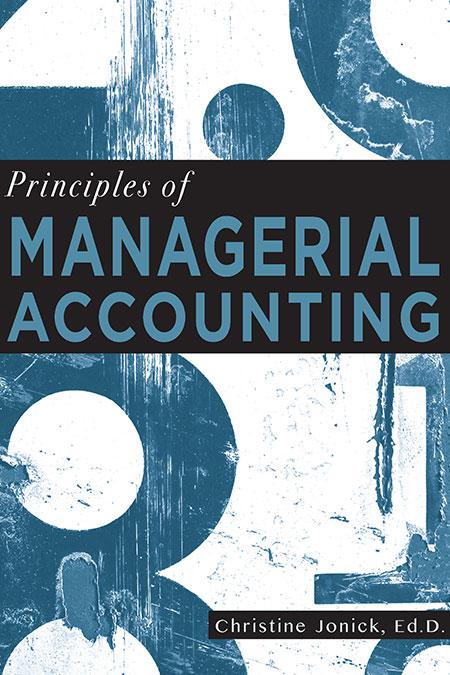Question
A retail property was acquired on April 12 of year one with $7,250,000 of cash and $4,500,000 of debt. The mortgage was a 20-year term,
A retail property was acquired on April 12 of year one with $7,250,000 of cash and $4,500,000 of debt. The mortgage was a 20-year term, 4.75% fixed rate, fully amortizing. No loan fees because the owner accepted a higher interest rate. The owner did not make any capital improvements to the property during the hold period. Year one NOI of $523,225.
The property was sold on the April 11 of year eight for $12,800,000 with closing costs of 5.25%.
The owners Tax rates are 39% ordinary Income, 27% depreciation recapture, 20% capital gains
(For Debt retirement calculations assume full years, ignoring the month specified above. There are more to make you think for the depreciation schedule than to cause confusion with debt retirement.)
Tax Assessment for this property is as follows:
Value | |
$ (25%) | Land |
$ (75%) | Improvements |
$11,750,000 (100%) | Total |
- What is the monthly mortgage payment?
- What is the mortgage balance at disposition?
- What is the first year BTCF and ATCF?
- What are the Sale Proceeds Before Tax?
- What is the Ordinary income Tax due at Sale?
- What is the basis of this property at acquisition?
- What is the Annual Depreciation (full year)?
- What is the first-year depreciation?
- What is the depreciation recapture deduction for the year of disposition (how much depreciation has the owner taken over the hold period (in dollars))?
- What is the depreciation recapture tax due?
- What is the gain on Sale?
- What is the Capital Gain amount (dollars)?
- At a 18% Capital Gain rate, what was the capital gain tax to the owner?
- What is the SPAT?
Reminder: The Calculation for SPBT and SPAT is below as a refresher
Sale Price
- Cost of Sale
- Mortgage Balance
= Sales Proceeds Before Tax
- Tax (Savings) Ordinary income (Investors Ordinary Income Tax Rate) (see note number 1 below)
- Tax on Depreciation (see note number 2 below)
- Tax on Capital Gains (see note number 3 below)
= Sale Proceeds After Tax
Note 1: Remember what is taxed as ordinary income at time of sale (this is NOT the sale proceeds and is not the same as annual ordinary income tax and is possibly zero).
Note 2: This is a tax on the accumulated depreciation over the hold period.
Note 3: This is a tax on the Taxable Gain (Sale price less closing costs less Adjusted Basis less Depreciation taken)
Make sure to show your work in the uploaded Excel file.
Step by Step Solution
There are 3 Steps involved in it
Step: 1

Get Instant Access to Expert-Tailored Solutions
See step-by-step solutions with expert insights and AI powered tools for academic success
Step: 2

Step: 3

Ace Your Homework with AI
Get the answers you need in no time with our AI-driven, step-by-step assistance
Get Started


